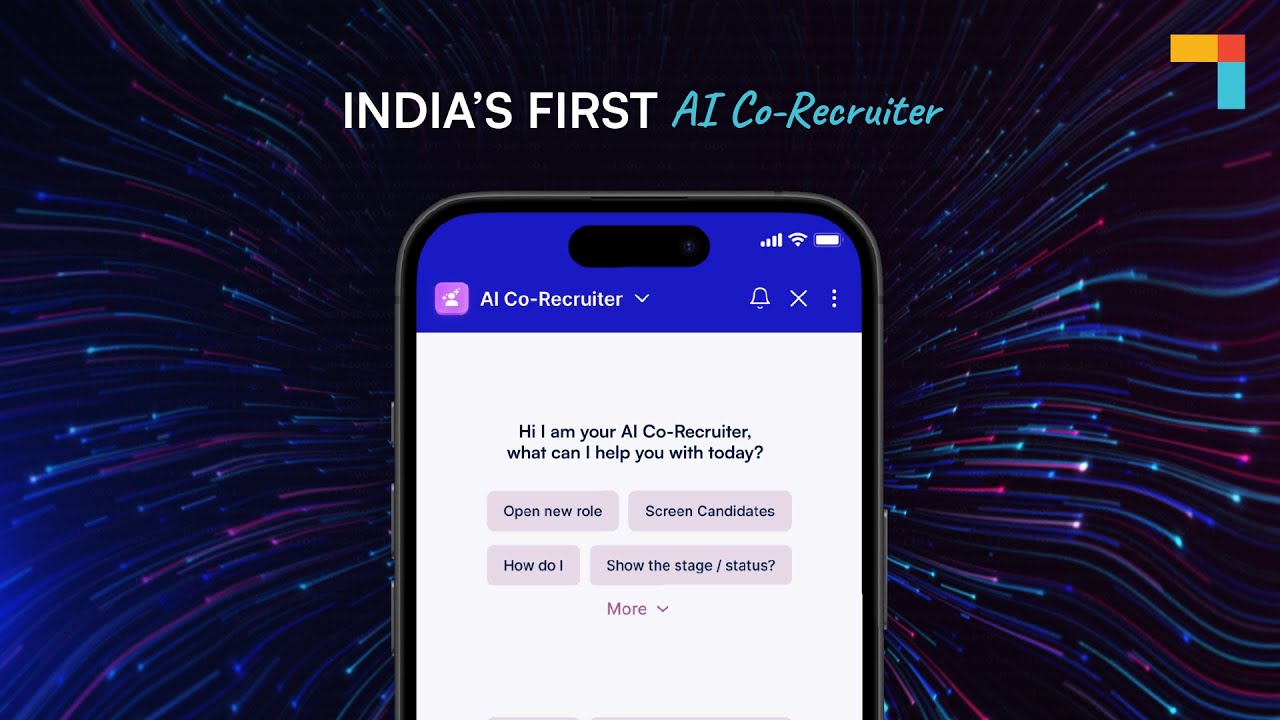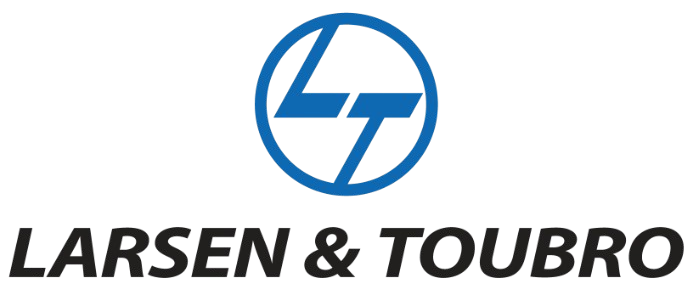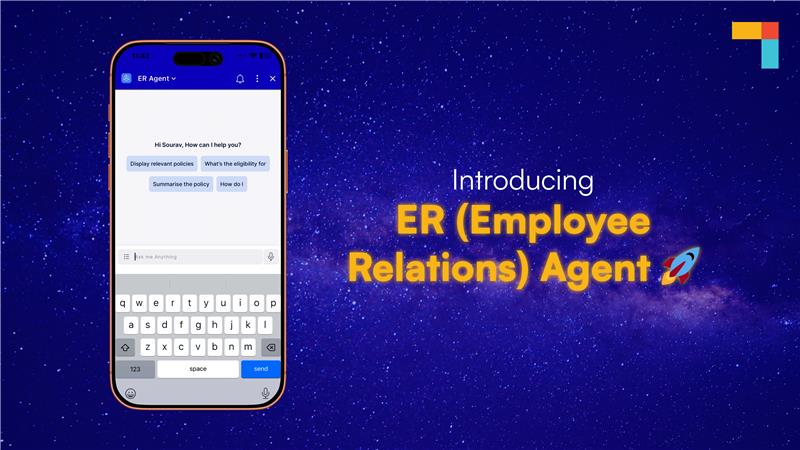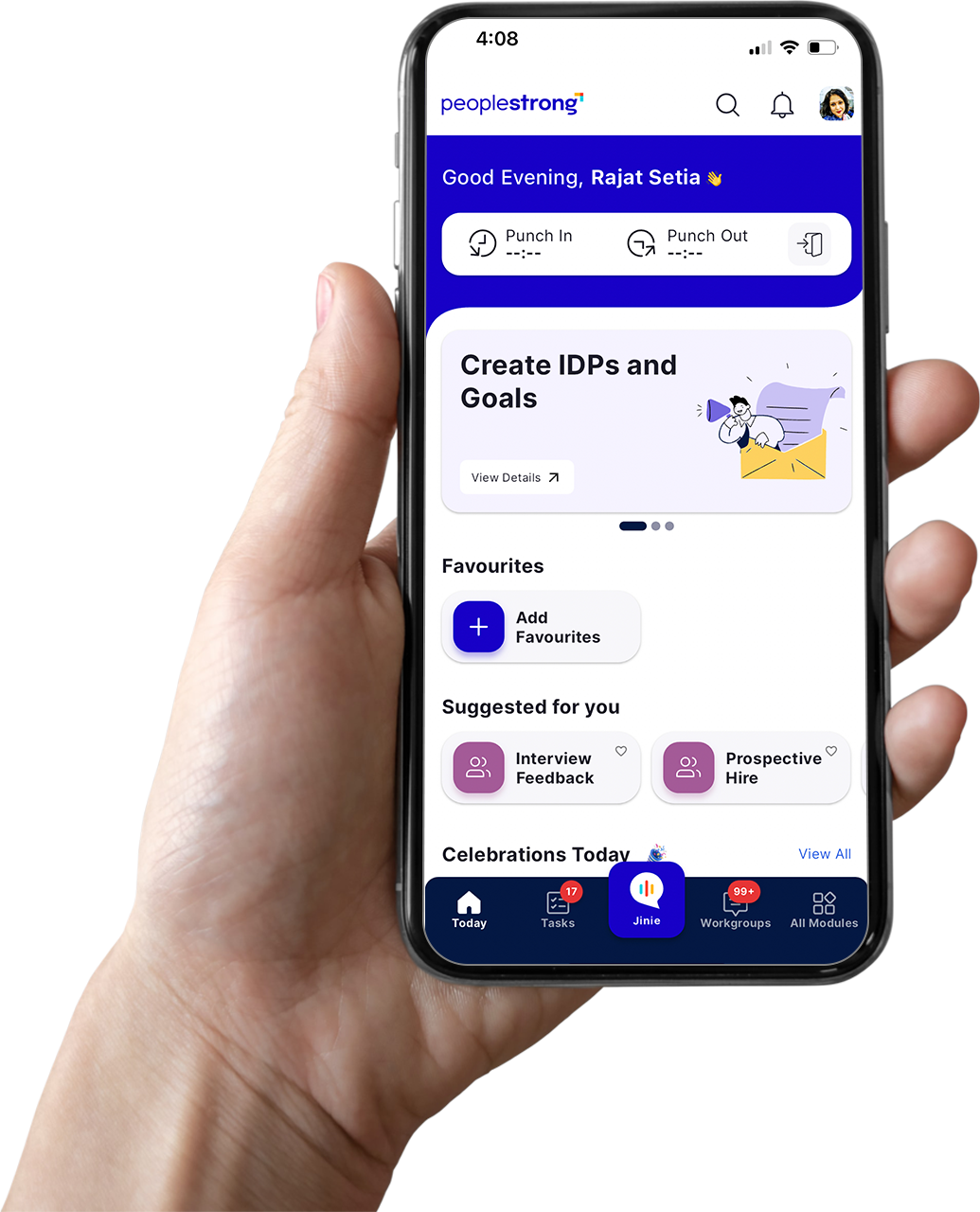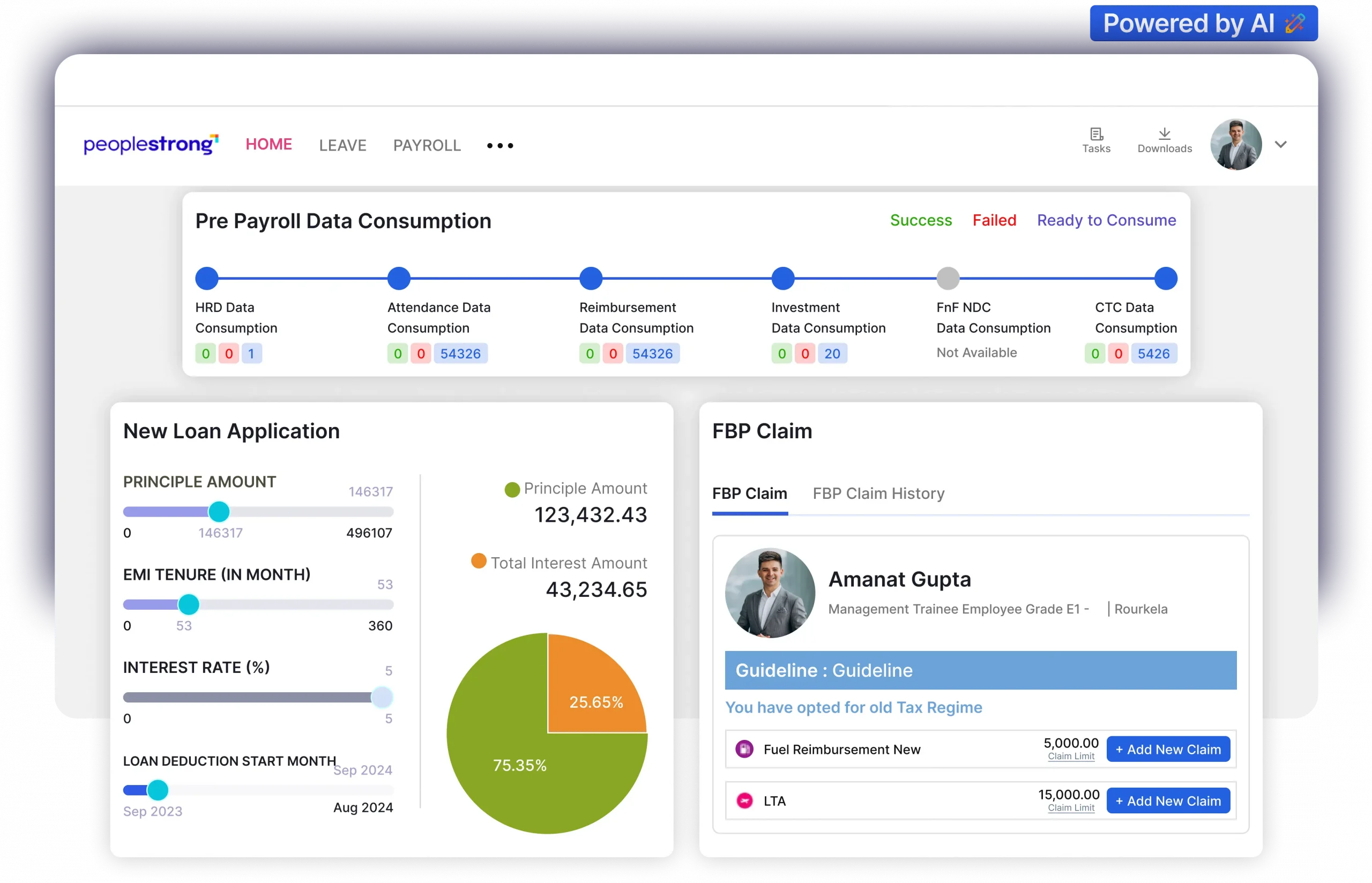Why do some teams function like well-oiled machines and consistently deliver results while others struggle to meet basic goals?
Often, it is a structured approach to performance management that makes the difference. One study showed that companies which effectively implement performance management programs are 1.48 times more likely to report better financial outcomes.
After all, a performance management plan is a roadmap that helps organizations optimize employee performance and achieve strategic objectives. It is a formal document that outlines employee performance expectations, goals, and development plans.
Let’s take a detailed look at creating a performance management plan, with examples to show you how it is done.
Key Components of a Performance Management Plan
A well-crafted performance management plan will establish clear goals, provide ongoing feedback, and boost development. Here are the principal components that will empower your team to achieve new heights.
- Setting Clear Goals and Expectations
The foundation of any performance management plan is setting SMART goals. The goals are SMART because they are Specific, Measurable, Achievable, Relevant, and Time-bound.
The goals should flow downward from organizational objectives to individual roles. This will ensure everyone understands how their work contributes to the bigger picture.
👉 Example:
Organizational Goal: Increase customer satisfaction by 10%.
Departmental Goal: Reduce customer service call resolution time by 20%.
Individual Goal (Customer Service Representative): Achieve a first-call resolution rate of 80% within 3 months.
2. Establishing Performance Metrics and KPIs
Metrics are important to measure progress towards goals. Key Performance Indicators (KPIs) are quantifiable metrics that track how employees and teams are moving ahead.
Another popular metric is OKR (Objectives and Key Results). OKRs are aspirational and aligned with broader company objectives, while KPIs are more about monitoring and ensuring specific performance.
👉 Example: For a customer service department, an OKR could enhance customer satisfaction through an 80% first-call resolution rate, reduce average call handling time by 10%, and increase customer satisfaction score to 90%.
In this scenario, the customer representative’s KPI could be the number of calls resolved on the first attempt divided by the total number of calls handled.
3. Providing Regular Feedback and Coaching
Effective performance management isn’t a one-time event. Regular feedback is crucial for employee growth and development. The performance management plan should schedule regular check-ins to discuss progress, address challenges, and offer coaching support if necessary.
👉 Example: A manager might hold weekly one-on-one meetings with their customer service representatives to discuss their first-call resolution rates. During these meetings, the manager can offer tips and techniques for improving communication and problem-solving skills.

4. Conducting Fair and Constructive Performance Evaluations
Performance evaluations provide an official assessment of an employee’s performance against goals and expectations. They should be fair, objective, and data-driven, focusing on specific examples and behavior. The performance management plan should outline the criteria as much as possible.
👉 Example: During the customer service representative’s performance review, the manager can discuss their first-call resolution rate data and highlight specific instances where the employee excelled in resolving customer issues efficiently.
How to Create a Performance Management Plan
Now, let us get down to the nuts and bolts. What steps should you take to create an effective performance management plan?
Step 1: Assessing Organizational Needs and Goals
The first step is to identify the organization’s strategic goals and objectives. This process involves understanding the long-term vision and mission, as well as the specific targets that the organization aims to achieve.
Next, it’s crucial to analyze departmental needs and priorities. This requires assessing the demands and operational requirements of each department to ensure that their goals align with the organizational objectives.
Also, consider industry benchmarks and best practices. By examining the standards and successful strategies within the industry, the organization can set realistic, competitive goals that drive improvement and innovation.
Step 2: Defining Performance Criteria and Measurement Methods
Next, performance criteria and measurement methods should be defined. It starts with ascertaining the key areas where employee performance will be evaluated.
Identifying these areas ensures that all critical aspects of job performance are monitored. Next, select relevant KPIs or OKRs and other metrics for each area. These KPIs and metrics should provide clear and measurable indicators of performance.
Finally, ensure that data collection methods are reliable and efficient. This ensures that they can be used to assess and improve employee performance effectively.

Step 3: Setting Performance Goals and Expectations
When setting performance goals and expectations, it is necessary to develop SMART goals, as outlined above, to align with organizational and departmental objectives.
Break down these goals into specific, actionable steps to provide a clear roadmap for achievement. Collaborate with employees to ensure that the goals are achievable and also motivating. This step will foster a sense of commitment and engagement in the process.
Step 4: Establishing a Performance Feedback and Review Process
To establish a performance feedback and review process, begin by determining the frequency of feedback sessions. These could be weekly, monthly, or at another regular interval.
Performance reviews should have a clear structure and incorporate self-evaluations and manager evaluations to provide a comprehensive view of performance.
Finally, develop a process for documenting feedback to ensure a consistent and accurate record. These documents will also serve as a record of future progress.
Overall, keep abreast of other developments in performance management so that you can tweak your plan accordingly. For example, a performance management trend that is being adopted is Agile Performance Management.
How to Implement a Performance Management Plan
Successfully implementing a performance management plan requires a structured approach and active engagement from all stakeholders. Here are some tips.
Communicate the Plan to All Stakeholders
Clearly communicate the plan to all stakeholders, including employees, managers, and executive leadership. Ensure that everyone understands the purpose of the plan and how it aligns with the organization’s overall goals.
Use meetings, emails, and internal documentation to provide information and answer any questions that stakeholders may have.
Provide Training and Support for Managers and Employees
Equip managers with the skills to conduct effective performance reviews and provide constructive feedback. This may involve training sessions, workshops, and ongoing coaching.
Managers should learn how to set clear expectations, use performance metrics, and handle difficult conversations. Employees, too, may need training to help them set realistic goals, track their performance, and participate in the performance review process.
Monitoring and Measuring Performance Against the Plan
Regularly monitor and measure employee performance against the plan to ensure that objectives are being met. Use performance data to track progress, identify areas for improvement, and adjust strategies as needed.
Implementing a consistent measurement system will help maintain accountability and provide insights into the plan’s effectiveness. The right tools, such as PeopleStrong, a comprehensive, new-age SaaS platform, will help bring it all together.

Addressing Challenges
Some managers may resist the new system due to fear of change or additional workload. To address this, involve them early in the planning process, seek their input, and highlight the long-term benefits.
Ensure that feedback is consistent and objective by standardizing the review process and criteria across the organization. Provide guidelines and tools to help managers do this.
Offer workshops and templates to help them develop goals that are Specific, Measurable, Achievable, Relevant, and Time-bound. This will ensure alignment with departmental and organizational objectives.
It is also important to avoid common design flaws in the performance management process, such as improper implementation of goal-setting or performance reviews.
Suggested Read:
Performance Management Process: Key Steps & Tips
Performance Management Plans: The Way Ahead
A well-executed performance management plan is a powerful tool for driving organizational success. By establishing clear goals, providing regular feedback, and fostering a culture of continuous improvement, organizations can empower their employees and achieve their strategic objectives.
Remember, a performance management plan is a living document. Be prepared to adapt and refine it as the organization evolves.
To take the next step towards optimizing your organization’s performance, get in touch with PeopleStrong to discover how creating a performance management plan will pay off.
FAQs
What is a performance management plan, and why is it important?
A performance management plan is a formal document outlining employee performance expectations, goals, and development plans. It is important because it helps organizations optimize employee performance, align individual goals with strategic objectives, and improve overall productivity and financial outcomes.
How can I ensure the success of a performance management plan?
To ensure success, communicate the plan clearly to all stakeholders, provide training and support for managers and employees, and regularly monitor and measure performance against the plan.
What are some common challenges in implementing a performance management plan, and how can they be overcome?
Common challenges include managerial resistance, inconsistent feedback, goal-setting difficulties, and lack of resources. Overcome these by involving managers early in the planning process, standardizing feedback procedures, providing goal-setting workshops, and prioritizing critical aspects while leveraging existing tools and technology.
Unlock the full potential of your performance management process with PeopleStrong's revolutionary solutions. Our team of experts is dedicated to helping you create a culture of continuous feedback and development, ensuring your organization stays ahead of the competition. Contact us today and discover how PeopleStrong can transform your performance management process into a more efficient, effective, and rewarding experience.
Contact Us Now